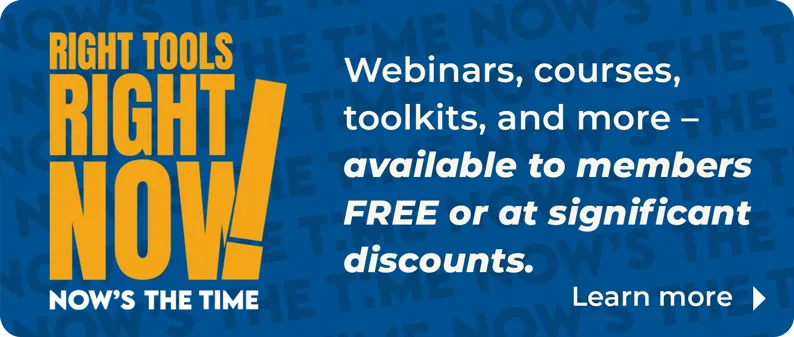
With more than 20 million videos uploaded daily and human attention spans shrinking by 25% in the last 16 years, how do businesses create social media content that stands out? For personal brand strategist Hilary Billings, the answer lies in authenticity that drives connection.
Too often, she said, social media users mimic what’s already out there. “We become performative,” noted Billings, co-founder and CEO of Attentioneers, during a session on social media marketing at NAR NXT, The REALTORS® Experience, in Houston. Real estate agents often adopt a “host voice,” present a polished persona and then wonder why it falls flat.
Billings knows what captures attention online: She grew her own following from zero to 400,000 in just 40 days and generated more than 1 billion organic views in a year. She now helps real estate agents and businesses significantly increase engagement.
“We are at a war for attention,” she said. “We’ve never had more opportunity to get in front of our audiences—yet it’s never been more difficult.”
And agents can’t afford to ignore it. By 2026, Gen Z is expected to become the largest consumer population, and 95% of them use social media as their primary source of information, she said. “If we’re not meeting them where they are,” Billings added, “we’re going to miss the market.”
Your Front Door Has Morphed Into a Strong Digital Presence
Are you easily searchable online? Are you active? Do you produce trustworthy content? As consumers increasingly find you online, they will make judgments long before they reach out. And they need more than a single glance before moving forward.
Billings pointed to Google’s 7–11–4 Rule, which shows buyers make decisions based on accumulated familiarity—not one moment. On average, customers need:
- 7 hours of your content
- 11 touchpoints (e.g., 11 separate pieces of content from you or your brand)
- 4 different locations (e.g., Instagram, a podcast, a newsletter, a blog)
So inconsistent posting, fragmented messaging and siloed platforms could break that 7–11–4 customer journey before it even begins.
The 'SCIENCE’ Framework
But random posting doesn’t work, Billings said. “There’s too much noise to choose from,” she added.
Billings and her team analyzed hours of viral content to uncover why certain posts outperform others. It comes down to the psychology of attention, summarized in their “SCIENCE” framework:
- Sensory stimulation
- Curiosity
- Importance
- Emotion
- Novelty
- Connection
- Experimentation
While each matters, she said connection is one of the most powerful—and the area where many fall short.
Stop Copying Other People
Connection requires authenticity. According to Billings, great content communicates two things clearly:
- Your values: Values reveal what you care about, such as family, sustainability, community, design, etc. If sustainability is a core value, your followers should then expect to see posts about your favorite recyclable products, upcycling tips or eco-friendly home features.
- Your voice: This is “how” you communicate. Are you funny? Warm? Edgy? Direct? Your tone should be unmistakable in your content.
“When we bring those together,” Billings said, “the people who share your values and how you communicate will find you and want to work with you. Those who don’t will disqualify themselves—and that’s a good thing.” Agents don’t need to appeal to everyone; they need to attract the right people.
“The content you create should be a window into what it’s like to work with you,” she added. It shows “how” you do your job—your differentiator. Create content rooted in values, speak in an authentic voice and show up consistently across platforms, she said.
So before hitting publish on your next post, ask yourself:
- Does this clearly express what I care about?
- Does it clearly communicate my personality?
If both answers are yes, you are building a brand that is memorable, trustworthy and ready for growth, Billings said.









